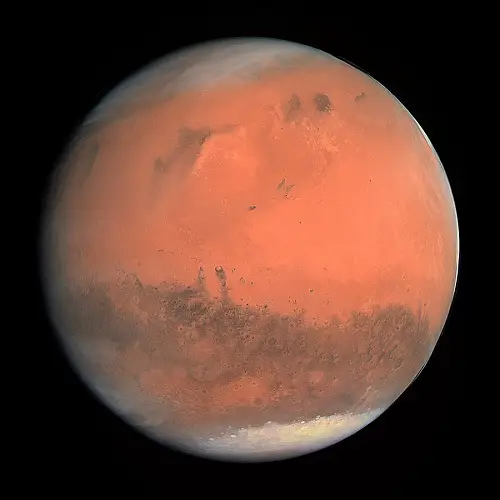
Why is Mars called the Red planet?
There were many explorations that were made since a long time on Mars planet. But there are still more queries to be answered regarding this planet. Mars is called as red planet as it appears red on its surface. The major reason behind the red color of the planet is that iron oxide is present in its soil as it is commonly known as rust. The presence of iron-oxide gives a reddish orange color to the surface of the planet. Since the color of Mars is very bright, it is visible clearly from the earth.
Apart from iron oxide the soil in Mars also found to be consisting of many other elements and nutrients such as chloride, potassium, magnesium and sodium. The reddish color of this planet made the people to call it with the name of the God of war of Romans’. Mars was found to be having a rough rocky surface. The surface seems to be very dry covered by red colored dust and rocks.
Mars was observed as a red colored planet right from the period of ancient Egyptians. They used to call it as Hardecher’ in their language which means Red Oneâ€. As we know now that iron-oxide dust is responsible to give this planet red colored appearance, the rust is present for about few millimeters thick. Tharsis area is a location on Mars which is known to contain iron-oxide dust abundantly. But, this location also was found to be having only 2 meters deeper rusty layer. This thickness of the rusty layer is very small compared to the radius of the whole planet.
As we all know that the formation of rust needs presence of moisture or water, Mars must be having water bodies on it. Scientists have proved recently that red dust can also be formed without the interference of large water bodies. They performed experiments in which quartz samples were made to tumble inside glass flasks until a fine dust of sand has resulted. This sand was added with magnetite which turned into red colored dust.













Leave a Reply